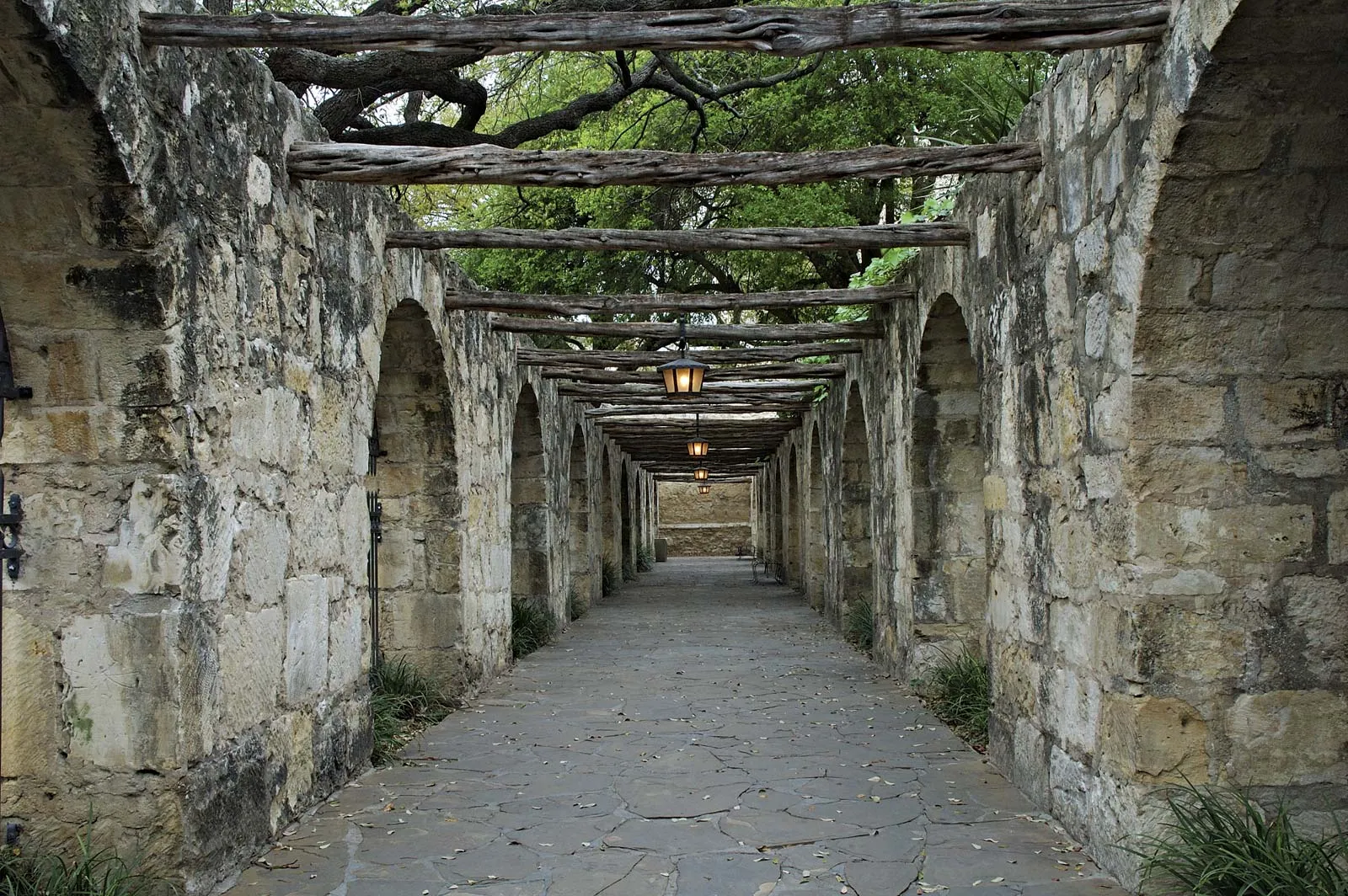The Alamo: A Symbol of Texas Independence and American Resilience

The Alamo, situated in San Antonio, Texas, is perhaps of the most famous authentic site in the US.. This former Spanish mission, which later became a fortress, played a pivotal role in the Texas Revolution and is now a symbol of courage, sacrifice, and the fight for independence. The story of the Alamo is not just about a battle; it is about the determination of a small group of defenders who, against overwhelming odds, stood firm in their belief in freedom and self-determination.
The Origins of the Alamo
The Alamo began its life as Mission San Antonio de Valero, established in 1718 by Spanish missionaries. The mission was one of several established by the Spanish in what is now Texas, aimed at converting the local indigenous population to Christianity and securing Spain's claim to the region. The mission was named after Saint Anthony of Padua, and it served as a religious and cultural center for decades.
In the early 19th century, as Mexico gained independence from Spain, the mission's purpose began to change. By 1803, the mission was secularized, and the buildings were repurposed as a military garrison. It was around this time that the complex began to be known as "The Alamo," named after the Spanish word for "cottonwood," in reference to the grove of cottonwood trees that surrounded the area.
The Texas Upheaval and the Attack of the Alamo

The Alamo's place in history was cemented during the Texas Revolution, a conflict that pitted Texan settlers and Tejano (Mexican-born Texans) against the centralist government of Mexico, which was led by General Antonio López de Santa Anna. The revolution was fueled by tensions over issues such as land rights, cultural differences, and the Mexican government's shift towards more centralized control, which many Texans opposed.
In late 1835, Texan forces captured the Alamo from Mexican troops, and it became a key strategic point in the fight for Texas independence. By February 1836, a small garrison of about 200 Texan defenders, including notable figures such as James Bowie, William B. Travis, and Davy Crockett, were stationed at the Alamo, preparing for what they knew would be a major confrontation.
On February 23, 1836, St Nick Anna's multitude of thousands showed up in San Antonio and laid attack to the Alamo. Despite being vastly outnumbered, the defenders held out for 13 days, refusing to surrender. Travis famously penned a letter during the siege, known as the "Victory or Death" letter, calling for reinforcements and declaring the defenders' determination to fight to the last man.
The Legacy of the Alamo
The fall of the Alamo, while a military defeat, became a symbol of resistance and the quest for freedom. The sacrifice of the Alamo's defenders galvanized the Texan forces, and just a few weeks later, on April 21, 1836, General Sam Houston led the Texan army to victory at the Battle of San Jacinto, where Santa Anna was captured and forced to sign treaties that effectively granted Texas its independence from Mexico.
The legacy of the Alamo has grown over the years, becoming a symbol not only for Texans but for all Americans. It represents the idea that even in the face of overwhelming odds, individuals can stand up for what they believe in and make a difference. The story of the Alamo has been retold countless times in books, films, and popular culture, further embedding it into the national consciousness.
The Alamo Today

Today, the Alamo is a revered historic site and museum, attracting millions of visitors each year. The Alamo complex includes the iconic church, which is the most recognizable structure, as well as several other buildings and exhibits that tell the story of the mission, the battle, and the people involved.
Visitors to the Alamo can explore the various rooms and courtyards, see artifacts from the time of the battle, and learn about the broader context of the Texas Revolution. The Alamo also hosts special events and reenactments, bringing the history of the site to life for new generations.
The Alamo's Cultural Significance
The Alamo's significance extends beyond its role in the Texas Revolution. It has become a symbol of bravery, resilience, and the struggle for independence. For many, the Alamo represents the spirit of Texas—bold, independent, and determined to stand up for what is right, no matter the cost.
The story of the Alamo also serves as a reminder of the complexities of history. The conflict that took place there was not just between Texans and Mexicans, but also involved Tejanos who fought for their land and rights, as well as indigenous peoples who were impacted by the colonization and struggle in the area.Understanding the full scope of the Alamo's history allows for a more nuanced view of the past and its impact on the present.
Conclusion
The Alamo stands as a powerful symbol of American and Texan history, embodying the values of courage, sacrifice, and the fight for freedom. The story of the Alamo is one of determination and resilience, of individuals standing up against impossible odds for what they believed in. Today, as we remember the events that took place at the Alamo, we honor the legacy of those who fought and died there, and we continue to be inspired by their example. The Alamo is not just a historical site; it is a reminder of the enduring human spirit and the timeless quest for liberty.